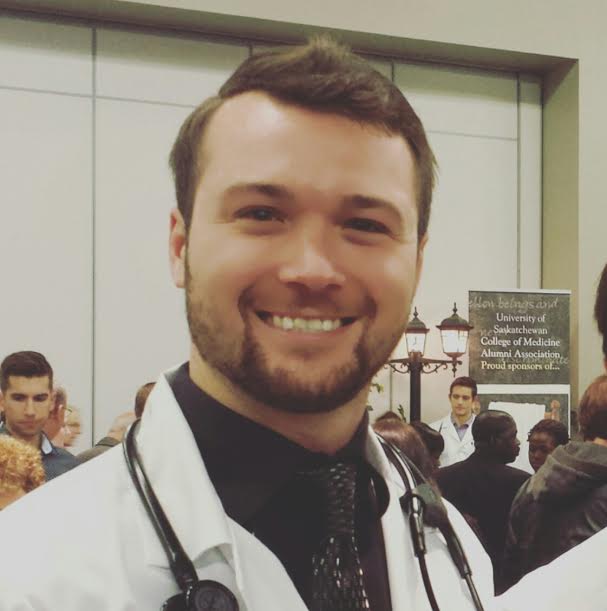To continue our FLOW Hacks series, lead innovators Dr. Samuel Campbell and Patrick Froese write about their team’s innovation, Using Advanced Care Paramedics as physician extenders in the management of lower acuity patients. Read on to learn how your institution could use emergency department paramedics.
FLOW Hacks: The Concept
The FLOW (Featured Leadership & Organizational Workplace) Hacks Series highlights innovative strategies for increasing patient flow in the emergency department (ED). This series is unique given its focus on the administrative aspect of emergency medicine. We are interested in small or large interventions that increase patient flow from an input, throughput, and output perspective. Our goal is to provide ED leaders a forum to highlight the successes and challenges they have faced. Send us interventions from your ED and we will showcase it on our site.
Setting
- The Halifax Infirmary in Halifax, Nova Scotia which recieves 75,000 patient visits to the ED per year.
Description of the Innovation
- We developed an emergency department process using Advanced Care Paramedics (ACP) with extra training in ED patient management. These patients were identified as ambulatory and low acuity, or those able to be managed without an emergency nurse. Patients were streamed to this 6 bed ‘pod’ (in a 39 bed ED). The process was associated with improved patient flow indicators in spite of an increased patient burden.
Was a quality improvement methodology used?
- Not really.
What data were used?
- We used standard data collected in the ED (performance measures listed below) and assessed changes 2 years pre- and 2 years post-intervention.
Who was on the team?
- ED management, Emergency Physicians, and Advanced Care Paramedics/Critical Care Paramedics
What did you use as performance measures?
- Patients who left without being seen (LWBS)
- Time to Emergency Physician (min)
- Length of stay (hrs)
- Number of unscheduled return visits within 72 hrs
- % of total patients managed in the pod
- % of Emergency Health Services offloads to the pod
Physician feedback and chart audits performed.
How did you implement the intervention?
- We had ACP’s already working in our department with higher acuity patients. For example, they were assisting with airway management and procedural sedation. Paramedics received education in wound care/closure, antibiotic administration, and casting/splinting. They began treating lower acuity patients and eventually expanded their role and increased capacity as the team became more comfortable. The role includes research and quality management.
How did you get buy-in from physicians, nurses, administrators and other allied professionals?
- We capitalized on the pre-existing role of ACPs in our ED. Guidelines for patient streaming and selection were revised periodically. Hard working staff, improved quality of care, and customer service were key.
What impact has it had on your department?
- Although, there was a small increase in the LOS for CTAS 4, 5, and selected 3’s. The left without being seen and unscheduled return visits declined, although patient volume increased.
- Summary of CTAS 4 and 5 results for 2 years pre- and post-intervention:
- Pre- and post-intervention ED volume = 5.32%
- Patients who left without being seen (LWBS) = -3.35%
- Time to EP (min) = -0.21%
- Length of stay (hrs) = 6.06%
- Number of unscheduled return visits within 72 hrs = -24.8%
For further results on the CTAS 1-3 patients and all patients combined please see tables at the link above.
What were some of the barriers to success?
- RN attitudes, isolation of the pod from the rest of the ED.
If you could do it all over again what changes would you make?
- Would have done it 10 years earlier!
This post was copyedited by Jesse Leontowicz (@jleontow)



